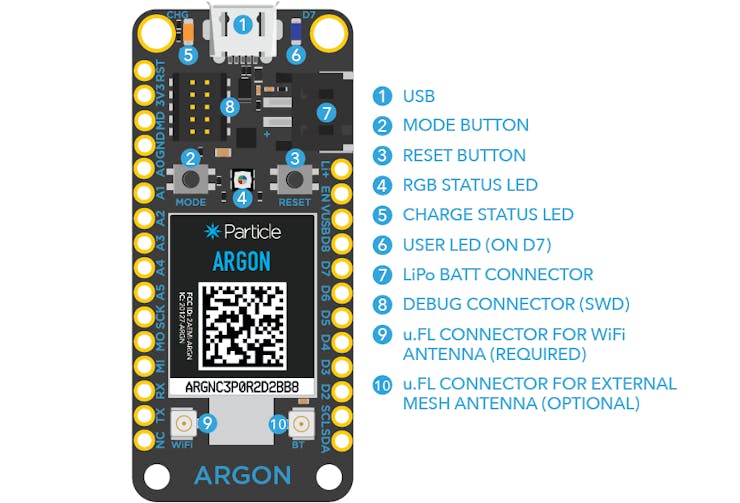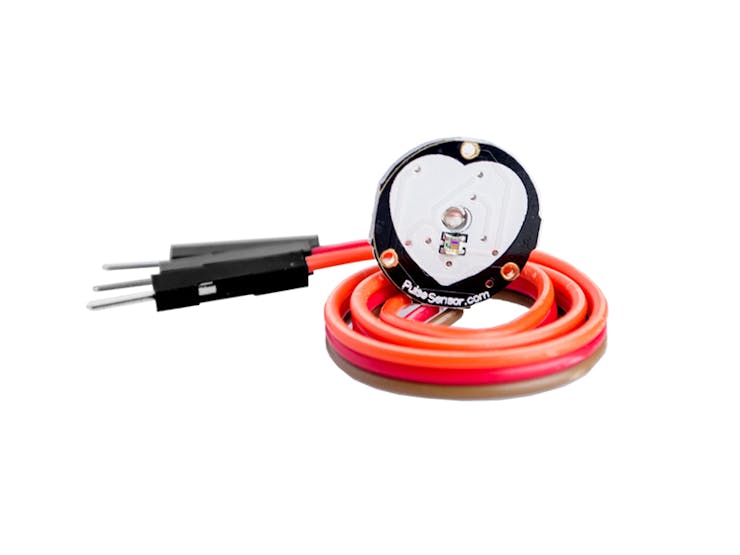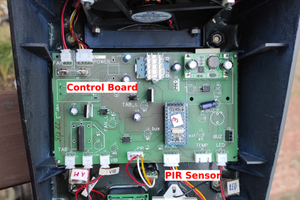The Solution - in a nutshell

So, the solution to this problem is a bit complex. The aim is to develop a fully functional and smart system using the Particle's Mesh devices so that the elderly people can easily control all the equipment in their house without any help. Here are the parts of the whole system:
- The Main Device: So, the main system powered by the Particle Argon, which is the mesh gateway will be installed in a handheld device that will be worn by the specially-abled person.
- The Furniture Controller: This system will be installed in the movable furniture of the house so it can be controlled by the person. In this project, we are focusing on a small table that has all the medicines of the user. The user can simply control the table by putting the handheld device in motion mode and by his Hand movements (using the accelerometer).
- The Appliance Controller: This sub-system will control the Fans, Lights, Television, etc for the user. So, there will be buttons on the device along with a display. So, by putting the handheld device in Electronic mode, we can select and control the desired device. We will use relays for the actions, that is the turning on or off of the device.
Note: All the sub-systems other than the Handheld device will have a Particle Xenon as the microcontroller in them.
Detailed Solution - Each System in Detail

The System Breakout Diagram
Now, we will be discussing each system in detail with coding, schematics, and some prototype discussion too! So, let's get started!
1. The Handheld Device:
This is the main part of the whole project as this is the component that will connect the user and the whole system. This is powered by a Particle Xenon, a mesh device that has the capability of creating local mesh networks to which a Xenon can connect.

Particle Argon.
Now this small but powerful board will have several peripherals connected to it, which will include :
- A Display (LCD or OLED)
- An Analog Joystick for manual control in motion mode.
- A couple of push-Button switches
- A Sliding Switch for SOS
- An optional Ultrasonic Sensor for Obstacle Detection
- A GPS module for the real-time location for the android app
- A 3-axis Accelerometer for detecting the state of the user (static, walking or running) and for controlling the medicines table in motion mode.
- An optional Heart Rate sensor for constant Heart rate monitoring of the user along with blood oxygen levels of the user.
- An RGB LED for mode and status indication.
Images of the components:
 Image 1 - Particle Argon and Sensors used
Image 1 - Particle Argon and Sensors used
Image 2 - GPS Module

Image 3 - Heart Rate Sensor
Please note that the Particle Argon has enough GPIOs to connect all these devices. But, it would be recommended to use a Seeed Grove shield for Particle Mesh and connect all the required devices using seeed grove sensors. With grove, the connection and usage of these sensors are a lot easier. We will now see some main codes and interfacing.
Codes -
1. For Accelerometer Interfacing: This is the generic or normal sensor interfacing code.

This is for photon, but connections are same for an argon device too.
Code:
#include <math.h>
const int x_out = A1; /* connect x_out of module to A1 of Particle Photon board */
const int y_out = A2; /* connect y_out of module to A2 of Particle Photon board */
const int z_out = A3; /* connect z_out...
Read more »
 Dhairya Parikh
Dhairya Parikh

 RemoteMCU
RemoteMCU
 alex.miller
alex.miller
 James Kong
James Kong